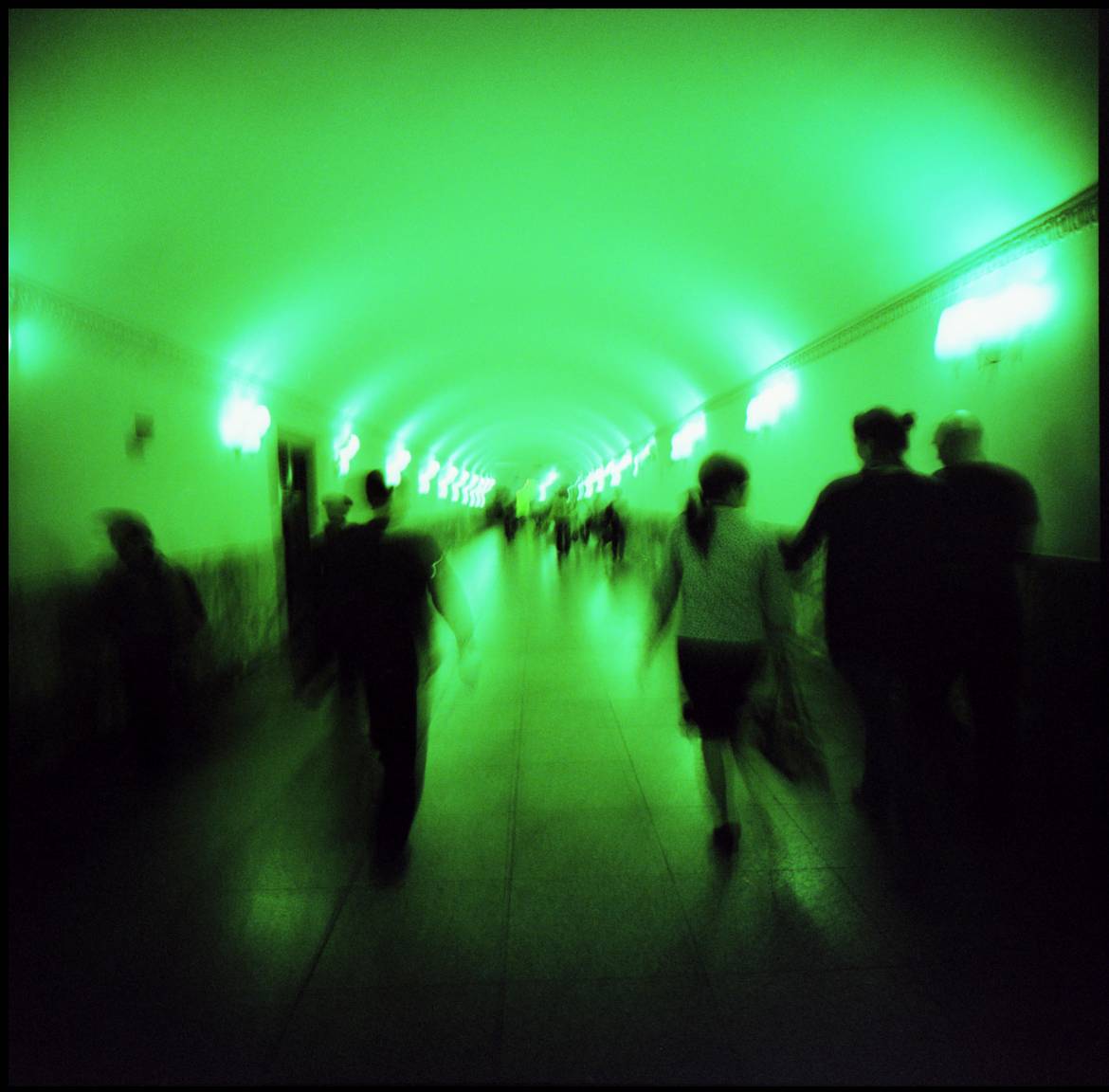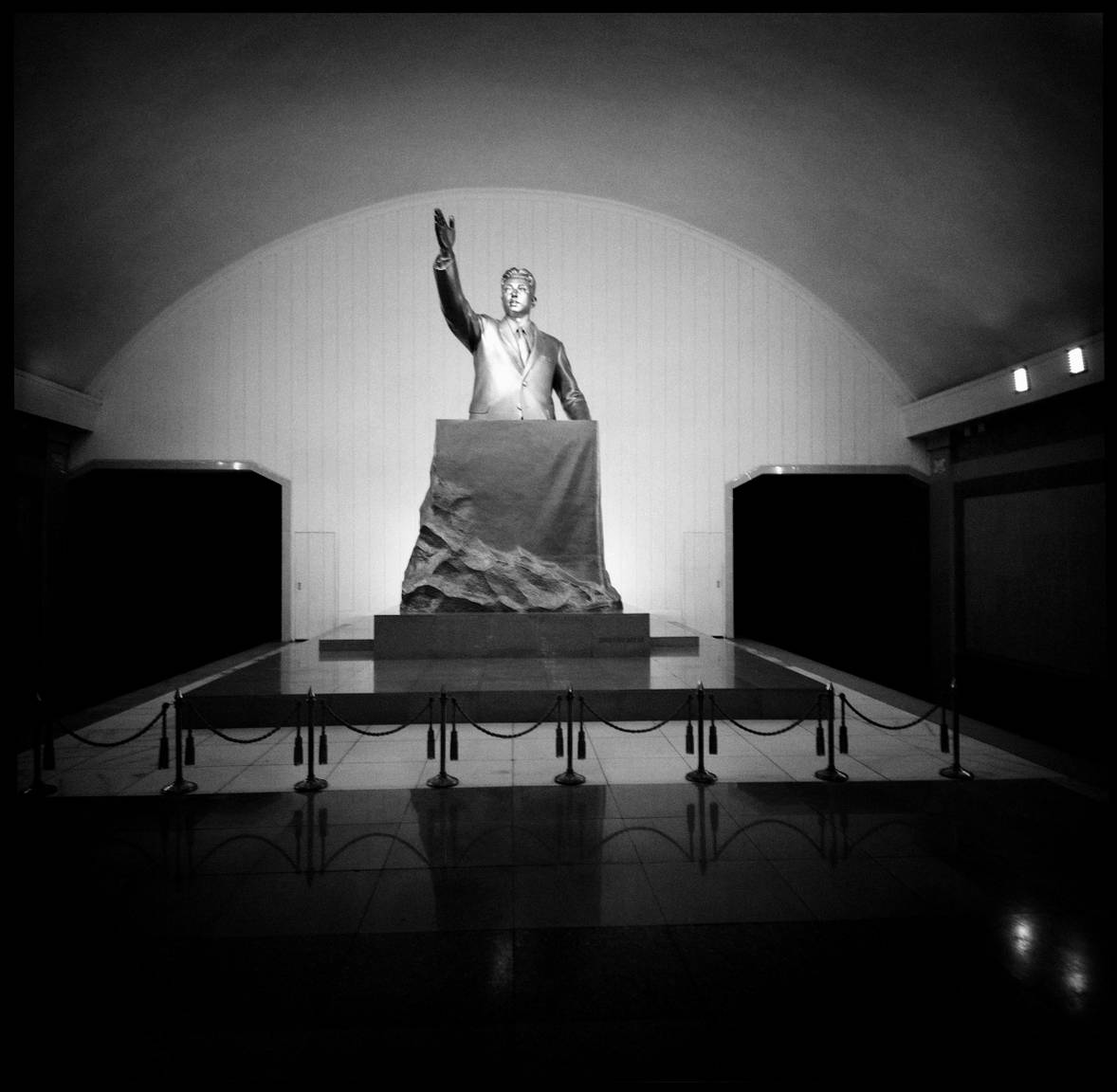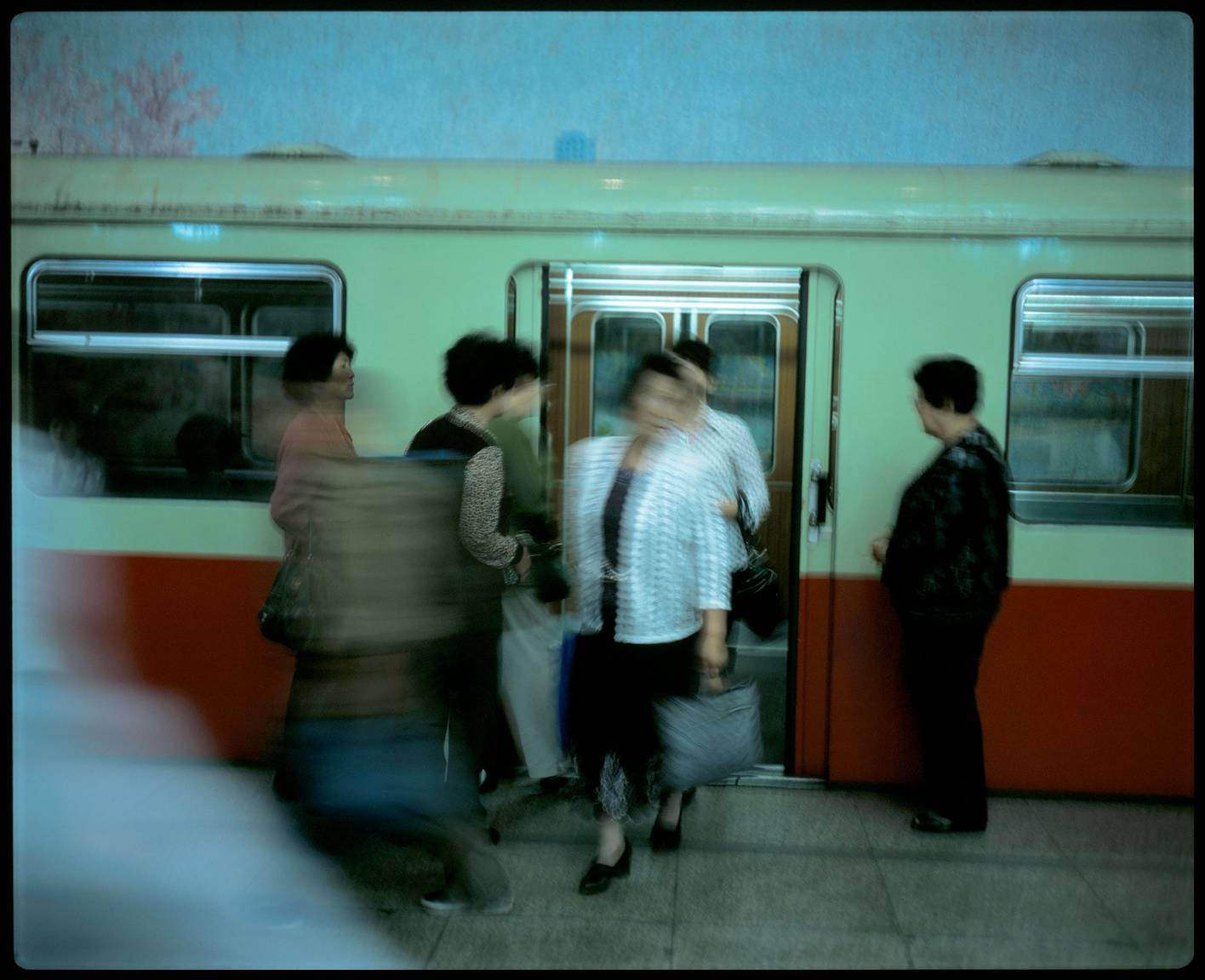The World According to Herr Willie: The Metro of Pyongyang – Rails of the Cold War
7 25 Share TweetOne of the proud achievements of North Korea is the Metro system in the capital of Pyongyang. The stations are beautiful and the fast track is a huge help for the commuting workers. It might be one of the most unusual MRTs of the world and you probably never would have guessed where the trains are coming from! It is an awkward tale about the twists and turns of the cold war.

It was in early September 1973, when the grand leader Kim Il Sung opened the first underground train system on the Korean peninsula. That was a major propaganda success, because the North had outdone the awakening tiger of the South. Honestly speaking it might had been the last victory in the eternal battle of the two rivaling states. Because Pyongyang remains to have two lines, while the MRT in Seoul is now a masterpiece of multi-faceted commuting. But let it be, today the Metro of the North Korean capital gets our full attention.

Up to 700,000 people use the trains daily in Pyongyang. They are the key to the public transportation system of the capital alongside to trams and trolleybuses. It’s certainly a huge improvement for the people, but not as reliable as in other countries.
Rumor has it, that sometimes there are lockdowns due to electricity blackouts. Sometimes the metro just stops running and people are not let in into the stations. There are beautiful lady conductors standing in front of the escalators (which go over a hundred meter deep), who are steering the traffic of commuters or stopping it. It is also said, that some stations are beautified to show the visitors and others are neither pretty nor illuminated at all. Most of the roughly 17 stations also function as bomb shelters in case the military conflict gets hot again. And a tale about the Pyongyang Metro is not complete without mentioning, that a tragedy occurred while the two lines were built. It’s said that some 100 workers died at an accident at the tunnel of Taedong River.. That is also the reason why the Pyongyang metro does not cross the river and all the stations are located in the western part of town.
For tourists some of the stations and even riding the train is a huge highlight. There is no other place on the whole journey, where you can get in touch with the local folks face to face like here. Which is a challenge for the authorities, because North Korea is such a locked up entity, and any interaction of the locals with foreigners might be of danger. So while on a tour, the matter of going underground is something that is vague and might be decided spontaneously, but never without consent of secret service. We were very lucky in our group and due to our grand guides were taking the trains even twice, which is a very precious thing and I am grateful for. Even though it happened all in a rush and the circumstances for photography were tough. I was fortunate, that I had my sturdy LC-A 120 with me, a loyal comrade in times of turmoil.
Fun fact: the usage of escalators differs from region to region it seems. I was stunned, that many North Koreans sit down, while the metal stairs run up and down. I should do that more often as well!
The platforms we saw were majestically illuminated. Underground palaces for the masses. There are similarities to Russian metro stops, but Pyongyang in a few ways is adding some notches to the belt. Often the light comes from what seems to be crystal chandeliers. There are huge murals of either Kim Il Sung or his son Kim Jong Il, in their function of leading the way, with or without other workers. It’s impressive, amusing, and intimidating at the same time. Kim is always traveling with you and that goes without saying, because literally at the end of every wagon is a picture of Kim and Kim.
One thing I liked very much was displays of newspapers at the platforms. I liked the idea of people informing themselves while they were waiting. And sure I assume there are four spoons of propaganda in the papers, but I like the analogue feeling of it. I loved it even more, because it gave me the chance of really making portraits of Pyonyangians resting for a moment in front of the newspaper.
At the platforms are female conductors, who watch the people getting on board and tell them, if they are too close to the trains, especially during rush hour. The metro stops do not have names of places, but are baptized after themes in the Korean revolution. So you might get in at Puhŭng (부흥 = resurrection) and leave at Kaesŏn (개선 = triumphant return). Riding the trains was the real adventure. Some of our fellow commuters were shy and overwhelmed at the presence of foreigners, which they barely ever see. But some were really sweet and asked us to take their seat. There is a mix of people in uniforms, well dressed office workers and some labourers. I guess like everywhere on the planet. People mostly deal with themselves and do not chat with each other, you mostly hear the heavy tires on the rails clacking. Maybe this is only, because we were there, maybe there is plenty of chatting, when the Pyongyangians are among themselves?! It’s a curious thing, that we celebrate these little rides, once you realize it’s a piece of normality you can barely witness in such a displayed reality. I wonder, what the commuters thought of us. I believe, it’s interesting for them to see us, too. And at home they might amuse themselves about our excitement.
There is an interesting heritage story for the trains, which are currently in use in Pyongyang. Most of them are second hand trains from Berlin. Some from East Germany, which were used in East Berlin in the 80ies and some from West Berlin, which were produced in the Sixties. Back in the days North Korea had good contacts to the commies of the GDR and I reckon this made this deal possible. It is quite likely, that I have been on some of the trains myself in my hometown of East Berlin in the late Eighties and early Nineties. There are original scratchings on the windows and It felt like coming home – in the most closed country on the planet. And after all, if Western and Eastern trains are unified here in Pyongyang, it might be a good omen for the future of the Korean states. Kim Jong Un and his inner circle might just have to get out at the station of Tongil (통일 = Unification) – it’s just a train ride away.

Read more of Willie Schumann’s (@wil6ka) travel stories on The World According to Herr Willie.
written by wil6ka on 2016-05-14 #places #urban #adventure #trip #metro #underground #location #asia #north-korea #the-world-according-to-herr-willie








































7 Comments